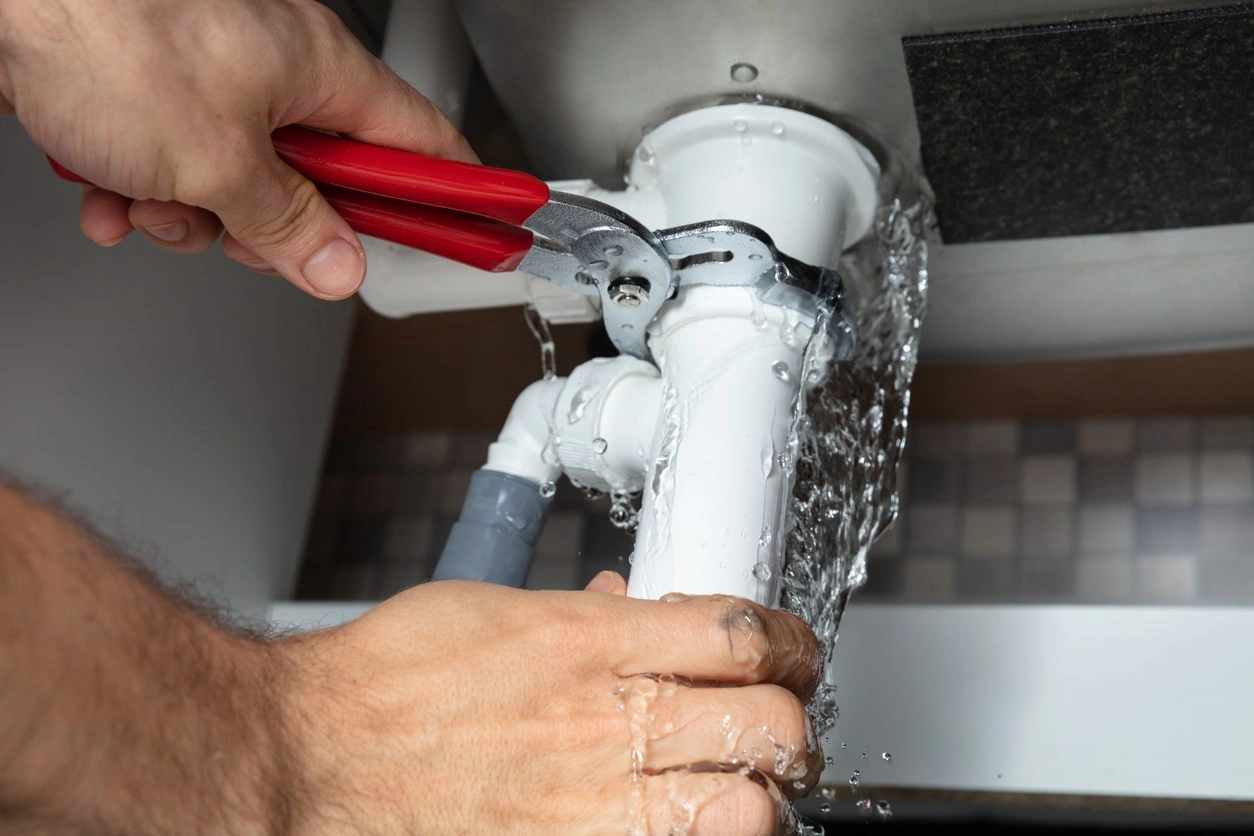
Water Leak Detection in Smart Buildings: Ensuring Efficiency and Safety
Share
In the constantly evolving realm of technology, the integration of water leak detection in smart buildings has emerged as a necessity. As buildings advance in intelligence, the foresight and innovation embedded within them must also keep pace. The central question arises: How can these structures effectively mitigate potential water hazards before they cause damage?

The Importance of Water Leak Detection in Smart Buildings
Smart buildings are designed to optimize the use of resources and enhance the safety of the occupants. One of the critical aspects of this optimization is the implementation of water leak detection systems. Undetected water leaks can lead to costly repairs, structural damage, and even health risks due to mold growth. Thus, these technologies are not just beneficialthey are essential.
Implementing advanced smart city water leak monitors transforms prevention strategies, reducing the potential for unexpected disasters. Early detection systems can notify maintenance teams of leaks, allowing them to take prompt action, often preventing further damage and reducing the long-term costs associated with water-related incidents.
Technology Behind Smart Building Water Leak Detection
How Smart Water Sensors Work
Modern smart water sensors leverage the Internet of Things (IoT) to provide real-time monitoring and alerts. These sensors are strategically placed in vulnerable areas where leaks are most likely to occur, such as around plumbing fixtures, appliances, and in basements. When a leak is detected, the sensor communicates with a central hub, typically using wireless technology.
This integration of IoT allows for system scalability and customization to suit the specific needs of a building, whether residential, commercial, or industrial. Such advancements are not only fitting for smart homes but are integral components in larger buildings. Discover more on how these smart leak detectors help prevent water damage.
Stop, Listen, and React: A Process of Prevention
The new generation of leak detection systems acts on a principle of proactive over reactive. By combining centralized data collection with intelligent analytics, buildings can 'listen' to the data feeds, 'interpret' the patterns, and 'react' quickly.
The crucial benefit here is the shift from merely reacting to an already occurring issue to stopping it preemptively. These systems make it possible to detect even the smallest of leaks before they escalate.
The Economic and Environmental Impact
Efficiently detecting water leaks isnt just about mitigating potential disaster. Its about economic prudence and environmental responsibility. For businesses, this means reduced operational costs, protection of valuable assets, and meeting regulatory requirements. Delve deeper into how leak detection with edge AI steers economic advantages in smart buildings.
Environmentally, reducing water waste is crucial. As freshwater resources become increasingly scarce, the role of water leak detection in smart buildings in conserving water is indispensable. By ensuring that every drop is accounted for, these technologies bolster a buildings green credentials. Explore further into how green home water sensors promote sustainability.
Future Trends and Innovations
The future holds thrilling potentials for the technology behind smart buildings. As AI, machine learning, and improved sensor technology continue to evolve, so too will our strategies for combating water waste and damage. In the future, we can expect smarter, more intuitive systems that offer predictive capabilities, vastly improving our ability to preempt water-related disasters in buildings.
Similarly, as cities become smarter, their foundational infrastructures will incorporate similar innovations to safeguard communal water resources. Importantly, the role of smart leak detection systems will only grow as our urban landscapes evolve.

Frequently Asked Questions (FAQ)
What are smart building sensors?
Smart building sensors are devices that monitor various building conditions, including water leaks, to enhance operational efficiency and safety.
How do water leak detection systems notify building managers?
These systems use IoT technology to send alerts to a centralized system via wireless networks whenever a leak is detected.
Can these systems be integrated into existing building infrastructures?
Yes, most water leak detection systems are designed to easily integrate into existing infrastructures with minimal disruption.
